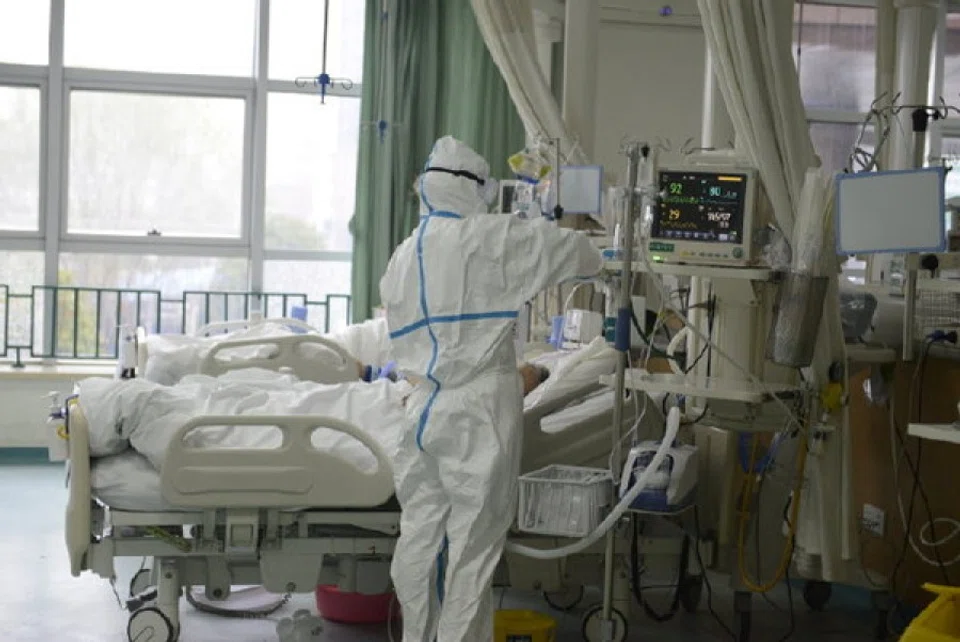Can the Wuhan coronavirus lead to good governance?

The growing Wuhan coronavirus epidemic has not only exposed the flaws in China's disease prevention measures, but has also brought public attention to the emergency management and handling capabilities of Wuhan city and Hubei province, as well as other regions. It should be said that many local governments, including Wuhan's, fall far short of the good governance that the public is calling for.
Over the past few days, following the release of a journal paper, Chinese Center for Disease Control and Prevention (China CDC) head Guo Fu has come under suspicion of hiding the extent of the epidemic, while the Red Cross Society in Hubei and Wuhan have also drawn flak for indiscriminate distribution of medical supplies and even helping the disreputable Putian network of private hospitals to "donate to itself", making the China CDC and Wuhan Red Cross Society targets of criticism.
In response, the China CDC claimed that the figures in the paper, written by experts from over ten groups including the China CDC and the University of Hong Kong (HKU), came from 425 confirmed coronavirus cases including 15 medical personnel as of 23 January, which were all made public before the paper was written. The paper's view that there was human-to-human transmission in December among close contacts was also a retrospective conclusion based on epidemiological studies done on those 425 cases.

Hence, it was not that the facts of the epidemic were known in the initial stages, but that the figures in that paper came from analysis of accumulated cases. Meanwhile, having the paper published in a UK journal helped to give experts in and out of China timely information on the characteristics of the Wuhan coronavirus, for accurate assessment of the epidemic.
Despite these rebuttals, as the authority on preventing and controlling epidemics, the China CDC made a serious misjudgement on the severity of the epidemic. Before the lockdown on Wuhan, several experts, including Gao Fu, all mistakenly said that the epidemic was "preventable and controllable". This led the public to be nonchalant and careless, and government ministries to let down their guard without taking prompt and decisive action to prevent the epidemic from spreading.
To say so is not being too harsh on Gao Fu and China's disease prevention experts. Gao has heavy responsibilities as a leader in China's disease control and prevention, and this misjudgement of the epidemic resulted in it growing to unmanageable proportions.
As for the errant actions of the Hubei and Wuhan Red Cross, it is actually a common problem with many administrative departments and business organisations in China. The people in these agencies are often indifferent and pampered, and work in an atmosphere that is heavy with formality and bureaucracy. Ordinarily, they are well able to act the role, but when hit by mishap, they panic and make mistakes. If one is looking to these departments to push forward the national governance system and modernisation of governance capabilities, there is just one response that applies: "Tough!"
Having said that, neither the China CDC nor the Hubei Red Cross are the ones who decide on disease prevention measures. They cannot and should not be held solely responsible for the spread of the Wuhan coronavirus. It is the people in charge of Wuhan city and Hubei province who are the first-line decision-makers, and who clearly bear more responsibility in the epidemic going out of control.
While the Hubei Disease Prevention and Control Center and the China CDC identified the new coronavirus in late December 2019 but made the wrong call on the epidemic, experts in HKU concluded in early January 2020 that the coronavirus might be transmitted between humans, and the Hong Kong government took quick preventive measures.
...an overly centralised decision-making system has led to only a few people having a say in decision-making agencies and professional organisations, with no corrective mechanism if those few people are wrong in their assessments.
In contrast, despite being the ones affected, the Wuhan and Hubei authorities remained oblivious and went on with their congresses and meetings, where there was little mention of the potential risks of an epidemic, much less strict orders for disease control agencies to follow up closely. An opportunity was lost to control the epidemic in the early stages, leading to disaster.

Speaking objectively, following the lessons from SARS in 2003, the local governments may not have set out to intentionally conceal the epidemic, or allow it to spread, because that would be found out and criticised. Wuhan and Hubei missed the window to contain the epidemic possibly more due to over-optimism and not wanting the epidemic to affect major political events such as the local congresses. This shows the emphasis they place on formality and bureaucracy. The disaster that the virus has brought turned out to be far worse than expected.
The Wuhan coronavirus has at least exposed the following problems: first, an overly centralised decision-making system has led to only a few people having a say in decision-making agencies and professional organisations, with no corrective mechanism if those few people are wrong in their assessments; second, control over public discussion is too tight, where a doctor who posted news on the epidemic was clamped down on and even sent for "critical education" (批评教育) by the public security bureau; and third, weak self-regulation and community organisation means that in the event of a disaster, it is difficult to effectively organise the community to participate in assistance efforts, while official organisations lack credibility and efficiency.
This epidemic is a major test for China's politics and society. To halt its spread, China has once again shown its amazing ability to mobilise the masses. But the epidemic is also a mirror, showing flaws that have to be fixed and rectified. Otherwise, pushing forward the national governance system and modernisation of governance capabilities can only remain a theoretical exercise.
